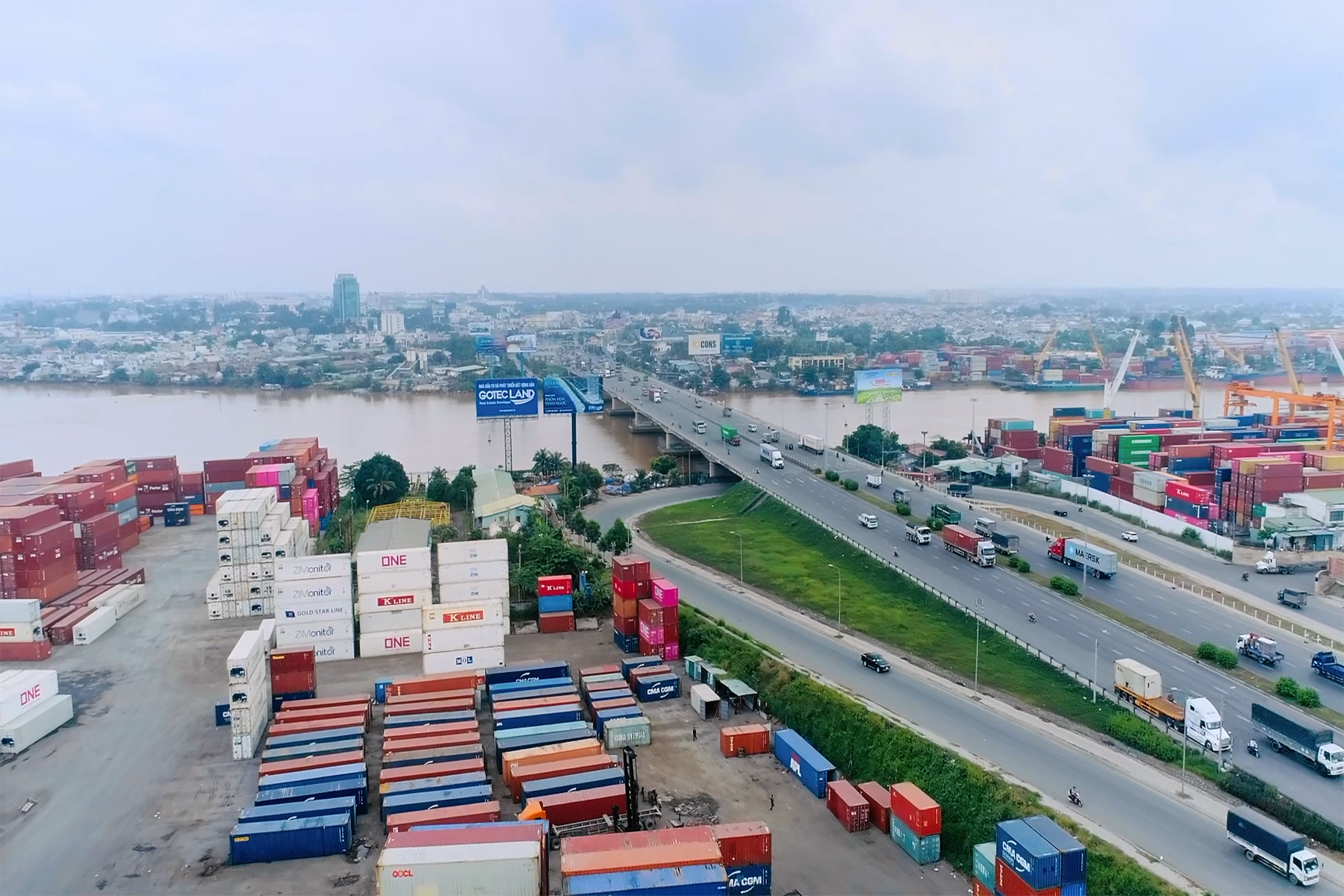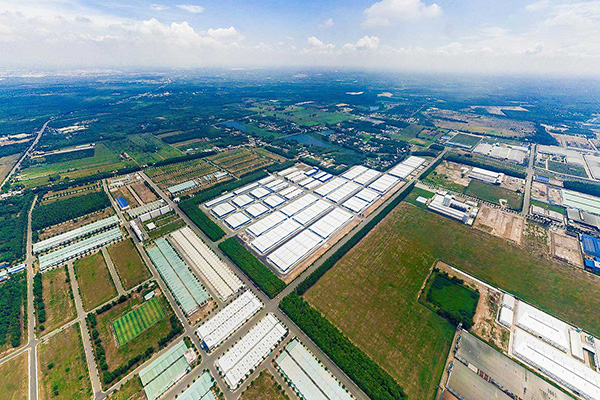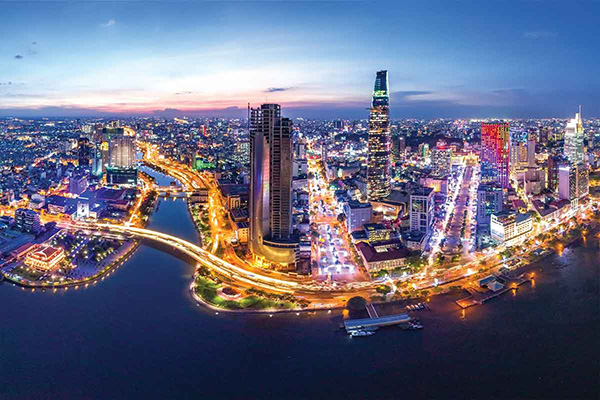[5 min read]
According to the Ministry of Planning and Investment, as of October 2020, there were 369 industrial zones (IZs) (including IZs located in economic zones) established in 61 of Vietnam’s 63 provinces and municipalities with a total land area of nearly 114,000 ha. IZs and export processing zones (EPZs) are distributed mainly in three key economic regions in southern, central and northern Vietnam. The Southern Key Economic Zone (SKEZ) — which is known as Vietnam’s manufacturing hub — includes eight provinces and cities. The most dynamic areas of the SKEZ are Ho Chi Minh City, Binh Duong, Ba Ria-Vung Tau and Dong Nai.
Dong Nai was one of the very first provinces in southern Vietnam to build IZs and has pursued a protracted and sustainable strategy in developing industrial parks. The province is also considered one of the most attractive destinations for manufacturers to set up their production facilities. According to the Dong Nai Industrial Zones Authority, in the first 10 months of 2020, there were 160 newly licensed and registered FDI projects to increase capital in Dong Nai for a total investment of USD986mn. As reported by the Department of Planning and Investment of Dong Nai, the annual average FDI inflows to this province are over USD1bn.
Key advantages that reinforce Dong Nai’s competitiveness:
1. Dong Nai is strategically located between four key economic regions and possesses a network of upgraded facilities and multi-axis infrastructure. Accordingly, Dong Nai interconnects with the South-Central Coast, the South-Central Highlands and the Mekong River Delta and is also a critical gateway to the east of Ho Chi Minh City — Vietnam’s leading economic center.
2. Regarding transport infrastructure, Dong Nai has an all-inclusive infrastructure that is comprised of an extensive network of national routes, inter-provincial and inter-district roads. Dong Nai is one of a few provinces that has four modes of transportation: road, railway, waterway and air.
The main economic “veins” of the province include the National Highway 1A, National Highway 20, National Highway 51, North-South Railway and Ho Chi Minh City – Long Thanh – Dau Giay Expressway. Moreover, Dong Nai is in close proximity to Tan Son Nhat International Airport, the Cai Mep – Thi Vai port cluster and Saigon – Cat Lai port cluster. Dong Nai also accounts for more than 5% of the total length of Vietnam’s railways and has eight train stations used for passenger and cargo transport. Furthermore, the Long Thanh International Airport with an annual capacity of up to 100 million passengers and five million tons of cargo is expected to enable Dong Nai to become a leading center of logistics, industry and services in Vietnam as well as Southeast Asia.
3. According to the Dong Nai Industrial Zones Authority, Dong Nai’s soil quality is among the best in southeast Vietnam due to its hard ground, low permeability and small slope (from eight degrees to 15 degrees). In addition, Dong Nai is rarely hit by storms and floods, which is beneficial for foreign investors who want to establish manufacturing facilities. Finally, as the province is strategically located at the center of regional traffic, the cost of transporting goods to ports and other provinces or cities will be significantly reduced.
4. Dong Nai currently has a strong competitive advantage as it possesses a large, free and clear land bank.
As reported by the Dong Nai People’s Committee, among 35 industrial zones with a total area of more than 12,000 ha in the province’s planning, 32 zones have been completed and put into operation with an average occupancy rate of up to 80%.
The main industrial zones are divided into four areas: the central industrial zone in Bien Hoa – Vinh Cuu – Trang Bom – Long Thanh, the concentrated industrial zone in Nhon Trach – Go Dau, the eastern industrial zone in Long Khanh, and the northern industrial zone in Tan Phu – Dinh Quan.
Dong Nai is one of the most developed provinces in the country in terms of industrial production. This is a destination where investors greatly benefit from the interconnection between companies in terms of material supply.
5. For many years, Dong Nai has been among the nation’s leading provinces in attracting FDI. Dong Nai started industrial development 20 years ago with the construction of major industrial zones such as Amata, Bien Hoa Industrial Park and Nhon Trach Industrial Park. Until present, 43 countries and territories have invested in Dong Nai at a total registered capital of nearly USD30.8bn, according to the Ministry of Planning and Investment. A substantial amount of capital mainly comes from South Korean, Taiwanese, Japanese, Singaporean, Chinese and Thai enterprises. A large number of multinational corporations have moved their production lines to Dong Nai, including Hyosung, Bosch, Amata, Fujitsu, Chang Shin, CP, Kenda and Maggitt.
By 2025, 80% of FDI enterprises are expected to apply advanced technology, modern management and environmental protection measures in their production activities. By 2030, this rate will reach 100%.




